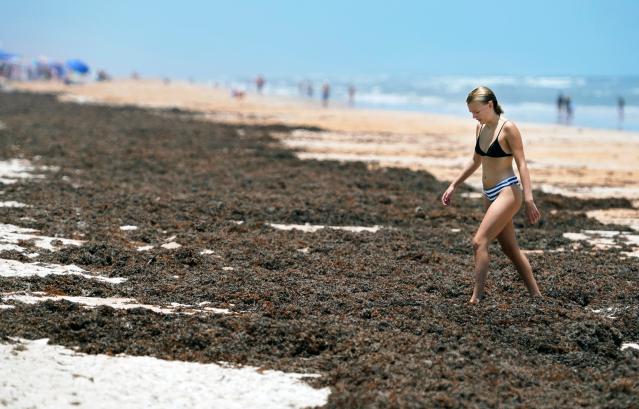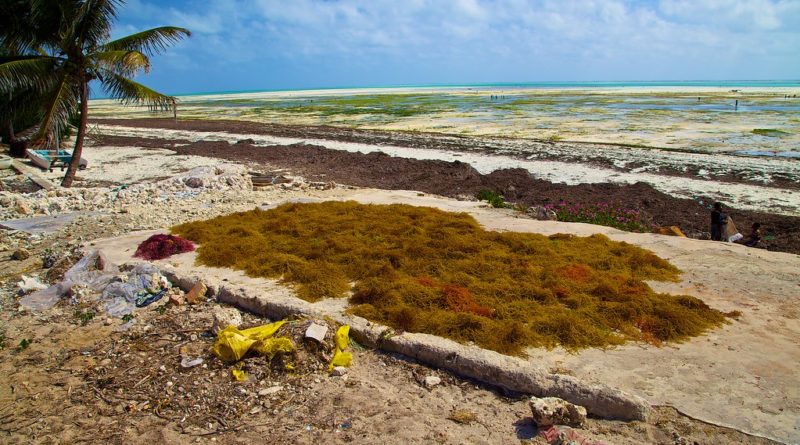A Cluster of Seaweed Is En Route To The Florida Coast.
A Swarm Of Seaweed Is En Route To the Florida Coast.
A 5,000-mile-wide mass of macroalgae known as sargassum is making its way to Florida, but it’s unclear where it will end up.
Sargassum is a genus of brown macroalgae or seaweed that is found all over the world, but especially abundantly in the Sargasso Sea in the Atlantic Ocean. The massive seaweed drift is not a new phenomenon.
Researchers began to notice explosive growth in the belt, known as the Great Sargassum belt, in 2011, which was thought to be caused by excess fertilizer, raw sewage, and soil runoff.
This winter, the floating mass, which stretches from Africa to Florida in the Atlanta Ocean, grew even more alarmingly.
According to Brian Lapointe, an algae specialist and research professor at Florida Atlantic University’s Harbor Branch Oceanographic Institute, “this year could be the biggest year yet,” even bigger than previous upticks.
The algae is currently washing up in the Florida Keys, Barbados, and other parts of the region, but researchers are unsure where the majority of it will end up.
The massive seaweed bloom is just one example of a growing global invasion of macro and microscopic algal blooms thriving in freshwater and marine ecosystems on an increasing supply of nutrients such as nitrogen.
Video Source: CBS Miami
What is causing the most subsequent bloom?
According to a recent Nature study on coastal phytoplankton, algal blooms have been linked to human activities. Lawn fertilizers, wastewater, and agricultural runoff all contribute to the pollution of rivers, lakes, and oceans.
The flow of sargassum from the Mississippi River, extreme flooding in the Amazon basin, and the mouth of the Congo, where upwelling and vertical mixing of the ocean can bring up nutrients that feed the blooms. According to the experts it’s deforestation and the burning of the forest that could play a role.
Is climate change having an impact on algae blooms?
The authors of an article called “Harmful Algae” Brian E. Lapointe *, Laura W. Herren, David D. Debortoli, Margaret A. Vogel discovered the following:
- In some areas,Nutrient pollutions can be a link between changes in sea surface temperature and ocean circulation.
- Warmer temperatures correlated with blooms in high-latitude areas like Alaska and the Baltic Sea.
- Climate change has the potential to alter ocean circulation and the movement of nutrients that support phytoplankton blooms.
- El Nino and other global climate events have also been linked to bloom frequency and movement.
- Warmer temperatures have increased algal bloom-favorable seasons in temperate seas.
Where is sargassum going?
There is know way to know for sure because winds, currents play major role, and even small storms can all have an impact on where the sargassum moves.
Von Keller Blog is an informational website with public news, company insights and reports of our companies events, news, press and blogging. Let’s Chat.

Courtesy Yahoo News.

